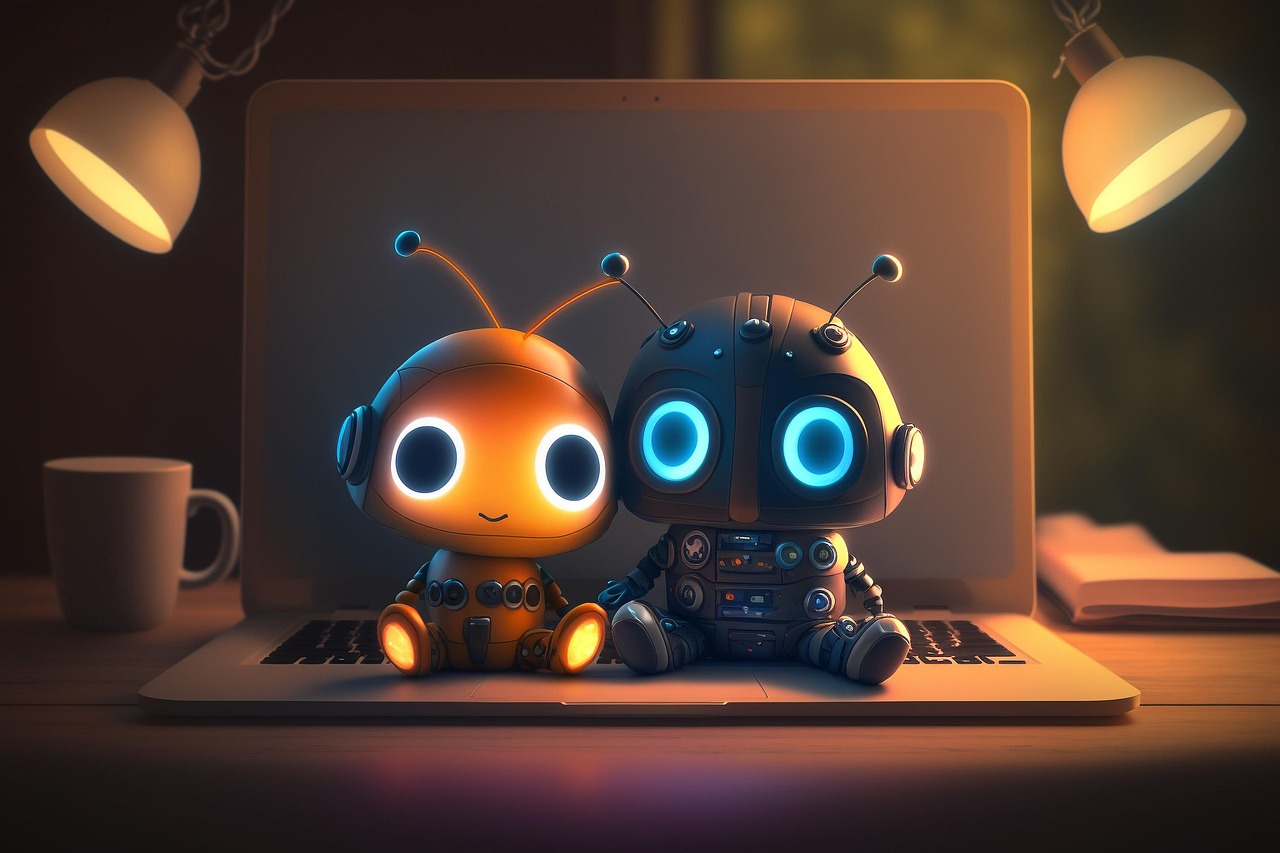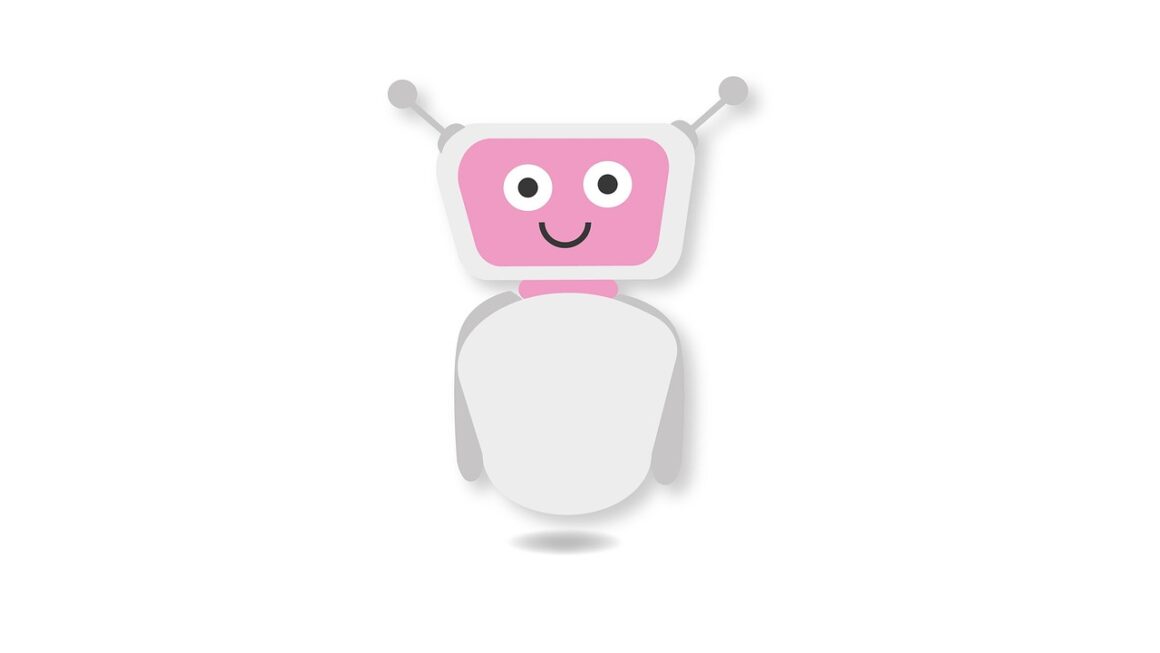The rise of artificial intelligence has touched nearly every facet of our lives, and one of the most fascinating developments is in the realm of AI text generation. From crafting compelling marketing copy to automating content creation, AI is reshaping how we write and communicate. But what exactly is AI text generation, how does it work, and what are its potential applications and limitations? This comprehensive guide will delve deep into the world of AI text generation, providing valuable insights for businesses, writers, and anyone curious about this transformative technology.
What is AI Text Generation?
Defining AI Text Generation
AI text generation, also known as natural language generation (NLG), is the process of using artificial intelligence to automatically generate human-quality text. It leverages machine learning algorithms, particularly deep learning models like transformers, to analyze vast amounts of text data and learn patterns in language, grammar, and style. This learned knowledge enables the AI to produce original text that is coherent, grammatically correct, and often tailored to specific purposes.
How it Works: Deep Learning and Transformers
At the heart of most modern AI text generators lies the transformer architecture. This innovative model, popularized by Google’s BERT and OpenAI’s GPT series, excels at understanding context and relationships between words in a sentence. Transformers work through:
- Self-Attention Mechanisms: These allow the model to focus on different parts of the input text when generating each word, understanding the importance of each word in relation to others.
- Training on Massive Datasets: AI models are trained on enormous collections of text and code scraped from the internet, enabling them to learn a broad range of language styles and topics.
- Probabilistic Generation: The models predict the next word in a sequence based on the probability of that word following the preceding words. This probabilistic approach allows for creativity and variation in the generated text.
Examples of Text Generation Models
Several powerful AI text generation models are available, each with its strengths and weaknesses:
- GPT-3 (Generative Pre-trained Transformer 3): Developed by OpenAI, GPT-3 is known for its impressive ability to generate human-like text on a wide range of topics. It can write articles, poems, code, and even engage in conversations.
- LaMDA (Language Model for Dialogue Applications): Google’s LaMDA is designed for conversational AI. It aims to create more natural and engaging dialogue experiences.
- BERT (Bidirectional Encoder Representations from Transformers): While primarily designed for natural language understanding (NLU) tasks, BERT can also be fine-tuned for text generation, often excelling in tasks like text summarization and question answering.
- Cohere: A platform providing access to large language models via API for various use cases including text generation, summarization, and classification.
Applications of AI Text Generation
Content Creation and Marketing
AI text generation tools are rapidly becoming indispensable for content creators and marketers. They can assist with:
- Generating blog posts and articles: AI can create drafts of blog posts on a wide range of topics, saving writers time and effort.
- Writing marketing copy: AI can generate compelling ad copy, social media posts, and email marketing campaigns.
- Creating product descriptions: AI can quickly produce unique and engaging descriptions for e-commerce products.
- Developing website content: AI can assist in writing website pages, landing pages, and other website content.
- Example: A small business owner could use an AI text generator to create multiple variations of ad copy for a Facebook campaign, testing different angles and calls to action to maximize conversions.
Customer Service and Support
AI-powered chatbots are increasingly used to provide instant customer support and answer frequently asked questions. AI text generation plays a crucial role in these interactions:
- Answering customer inquiries: AI can understand customer questions and generate informative and helpful responses.
- Providing technical support: AI can guide customers through troubleshooting steps and offer solutions to technical problems.
- Personalizing customer interactions: AI can tailor responses to individual customers based on their past interactions and preferences.
- Example: A customer service chatbot on an e-commerce website could use AI to answer questions about shipping costs, return policies, and product availability, freeing up human agents to handle more complex issues.
Report Writing and Summarization
AI can streamline the process of report writing and summarization, saving time and improving efficiency:
- Generating financial reports: AI can analyze financial data and automatically generate reports summarizing key performance indicators.
- Summarizing research papers: AI can quickly extract the key findings from lengthy research papers.
- Creating news summaries: AI can generate concise summaries of news articles, providing readers with a quick overview of important events.
- Example: A financial analyst could use AI to summarize a large number of company earnings reports, quickly identifying companies that are performing well and those that are struggling.
Other Applications
Beyond the applications listed above, AI text generation is also being used in:
- Creative writing: Generating poems, stories, and scripts.
- Code generation: Writing code snippets and even entire programs.
- Translation: Automatically translating text from one language to another.
Benefits of Using AI Text Generation
Increased Efficiency and Productivity
One of the biggest advantages of AI text generation is its ability to automate content creation, leading to increased efficiency and productivity.
- Faster Content Creation: AI can generate text much faster than a human writer, allowing businesses to quickly create large volumes of content.
- Reduced Costs: Automating content creation can significantly reduce labor costs.
- Improved Scalability: AI can easily scale to meet the demands of growing businesses, generating more content as needed.
Enhanced Creativity and Innovation
AI can also spark creativity and innovation by providing writers with new ideas and perspectives.
- Overcoming Writer’s Block: AI can help writers overcome writer’s block by generating initial drafts or providing alternative phrasing options.
- Exploring New Ideas: AI can suggest novel ideas and topics that writers may not have considered on their own.
- Experimenting with Different Styles: AI can generate text in various styles and tones, allowing writers to experiment and find the perfect voice for their content.
Improved Content Quality
When used correctly, AI can help improve the quality of written content.
- Grammar and Spelling Correction: AI can automatically correct grammar and spelling errors, ensuring that content is error-free.
- Clarity and Conciseness: AI can help writers improve the clarity and conciseness of their writing, making it easier for readers to understand.
- Consistency: AI can help maintain consistency in tone, style, and messaging across all content.
Limitations and Challenges of AI Text Generation
Lack of Originality and Creativity
While AI can generate coherent and grammatically correct text, it often lacks the originality and creativity of human writers.
- Reliance on Existing Data: AI models learn from existing data, so they may struggle to generate truly novel or original ideas.
- Limited Emotional Intelligence: AI lacks the emotional intelligence to understand and convey complex emotions in its writing.
- Risk of Plagiarism: AI-generated text can sometimes inadvertently plagiarize existing content if the training data contains similar phrases or ideas.
Bias and Ethical Concerns
AI models can inherit biases from the data they are trained on, which can lead to biased or discriminatory content.
- Gender Bias: AI models may perpetuate gender stereotypes or biases in their writing.
- Racial Bias: AI models may generate content that is offensive or discriminatory towards certain racial groups.
- Ethical Considerations: The use of AI text generation raises ethical questions about authorship, transparency, and the potential for misuse.
Need for Human Oversight
AI-generated text often requires human oversight to ensure accuracy, quality, and relevance.
- Fact-Checking: AI models can sometimes generate inaccurate or misleading information, so it is important to fact-check their output.
- Editing and Proofreading: AI-generated text may require editing and proofreading to improve clarity, style, and tone.
- Contextual Understanding: Human editors are needed to ensure that AI-generated content is appropriate for the intended audience and context.
- Example: Imagine an AI generates a news article about a sensitive political topic. Without human oversight, the AI might inadvertently include biased language or inaccurate information, potentially spreading misinformation and damaging the credibility of the news outlet.
Best Practices for Using AI Text Generation
Define Clear Goals and Objectives
Before using AI text generation, it is important to define clear goals and objectives. What do you want to achieve with AI-generated content? What are your target audience and key messages?
Choose the Right AI Tool for the Task
Different AI text generation tools are better suited for different tasks. Research and compare different tools to find the one that best meets your needs. Consider factors such as:
- Price: AI text generation tools can range from free to expensive.
- Features: Some tools offer advanced features such as content optimization, plagiarism detection, and SEO analysis.
- Ease of Use: Choose a tool that is easy to use and integrates well with your existing workflow.
Edit and Proofread AI-Generated Text
Always edit and proofread AI-generated text before publishing it. Check for accuracy, clarity, grammar, spelling, and tone.
Use AI as a Tool to Augment Human Creativity
AI should be used as a tool to augment human creativity, not to replace it. Use AI to generate initial drafts, brainstorm ideas, and automate repetitive tasks, but always rely on human writers to provide originality, emotion, and context.
Conclusion
AI text generation is a powerful technology with the potential to revolutionize content creation, customer service, and many other industries. While it has limitations and challenges, the benefits of increased efficiency, enhanced creativity, and improved content quality are undeniable. By understanding the strengths and weaknesses of AI text generation and following best practices, businesses and individuals can leverage this technology to achieve their goals and unlock new levels of productivity and innovation. As AI models continue to evolve and improve, we can expect to see even more exciting applications of AI text generation in the years to come. Embrace this technology as a tool to enhance your human capabilities, and you’ll be well-positioned to thrive in the age of artificial intelligence.




